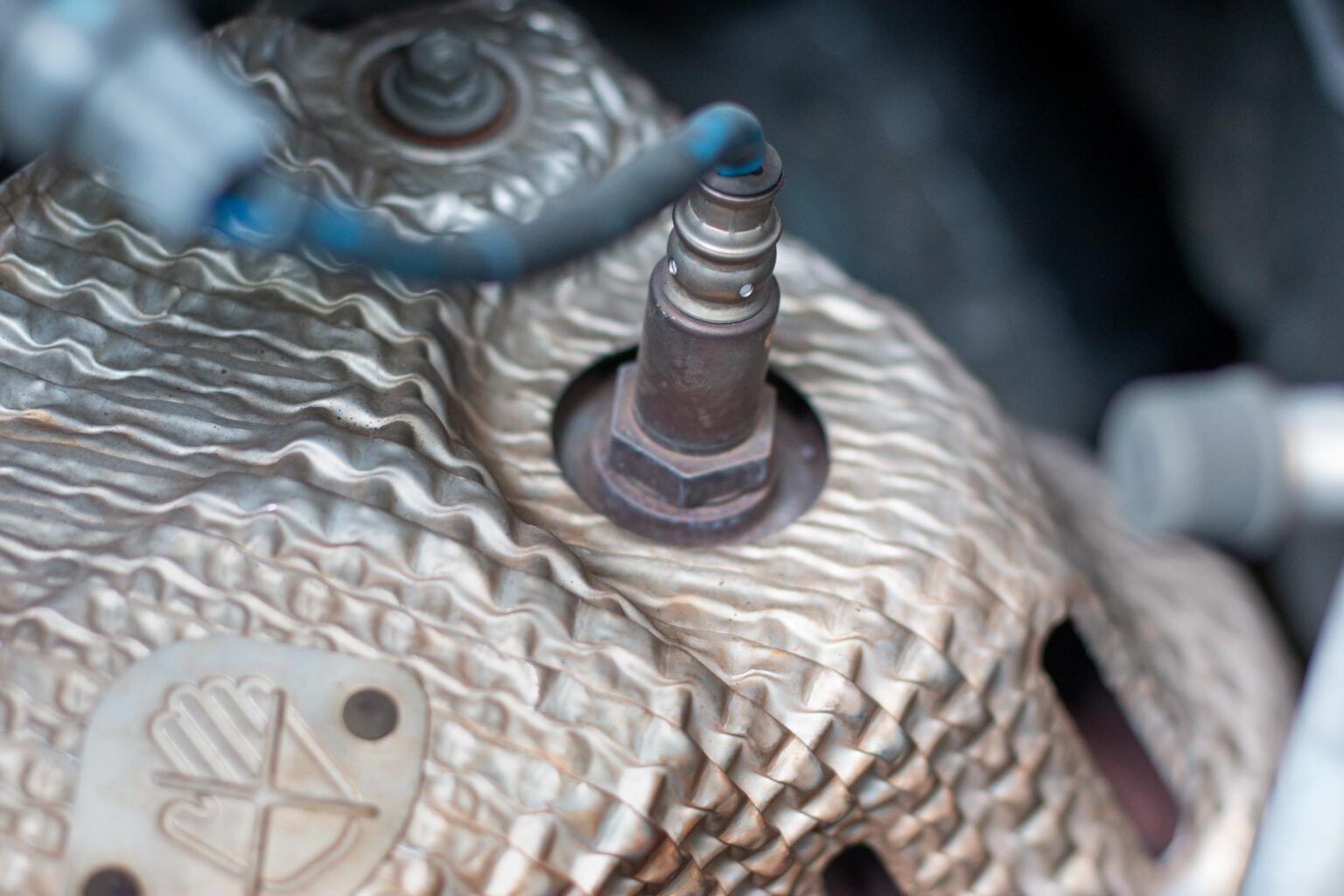Never Change Another O2 Sensor Until You Watch This

Okay, buckle up buttercup! Let's talk about those pesky little things under your car that nobody understands: O2 sensors. You know, the ones your mechanic always seems to want to replace? I have news for you!
Hold On! Before You Reach For That Wrench...
Imagine you're baking a cake. You wouldn’t just automatically replace the oven because the cake wasn't perfect, right? You'd check the recipe, maybe adjust the temperature. Same goes for your car!
Don't be a parts-replacing robot! Diagnosing the problem before throwing money at a new O2 sensor could save you a fortune. Think of all the pizza you could buy!
First Things First: Check the Obvious
Is the check engine light even on? I know, sounds silly. But sometimes those pesky lights are triggered by a loose gas cap! Tighten it up and see if the light goes off after a few drives. Boom! Free fix!
Next, think about when the light came on. Did you just fill up with gas at that shady station down the street? Bad gas can trigger all sorts of weird codes. Try running a tank of high-quality fuel through and see if things improve.
Look for the Simple Stuff
Take a peek under the hood. Are all the hoses connected? Is anything obviously broken or disconnected? Sometimes a simple visual inspection can reveal the culprit.
I had a friend whose "bad O2 sensor" turned out to be a chewed-through vacuum hose. Squirrels are the bane of automotive existence, I tell ya!
The Magical World of Diagnostic Tools
Alright, so the obvious stuff is ruled out. Time to get a little more technical, but don't panic! You don't need to be Elon Musk to handle this.
Grab yourself an OBD2 scanner. These little gadgets plug into your car's computer and read error codes. You can find them online or at most auto parts stores.
Plug it in, turn the key to the "on" position (but don't start the engine), and let the scanner do its thing. Jot down any codes that pop up.
Decoding the Secret Language of Cars
Once you have the codes, Google is your best friend. Search for "P0420" (or whatever code you got) and see what the internet says.
Be careful! The internet can be a scary place filled with misinformation. Stick to reputable sources like auto repair forums or parts websites.
Warning: "Replacing the O2 sensor" is often the first thing suggested. Resist! Dig deeper!
It's Not Always the Sensor's Fault!
Here's the dirty little secret: Sometimes, the O2 sensor is just reporting a problem, not *being* the problem. It's like the canary in the coal mine of your exhaust system.
A clogged catalytic converter, an exhaust leak, or even a faulty fuel injector can all cause O2 sensor codes. Replacing the sensor won't fix the underlying issue!
Imagine blaming the thermometer for a fever. It's just telling you something's wrong, not *causing* the sickness!
Before You Give Up...
Consider using a fuel system cleaner. Sometimes, dirty injectors or a build-up of carbon deposits can mess with your engine's performance and trigger O2 sensor codes.
It's a cheap and easy fix to try before you start replacing expensive parts. Think of it as a spa day for your engine!
And finally, consult a trusted mechanic... but one who's willing to diagnose the problem, not just throw parts at it. Ask them to check for exhaust leaks and other potential issues before replacing the O2 sensor.
Remember: Knowledge is power! A little research can save you a lot of money and frustration. Happy motoring!


















